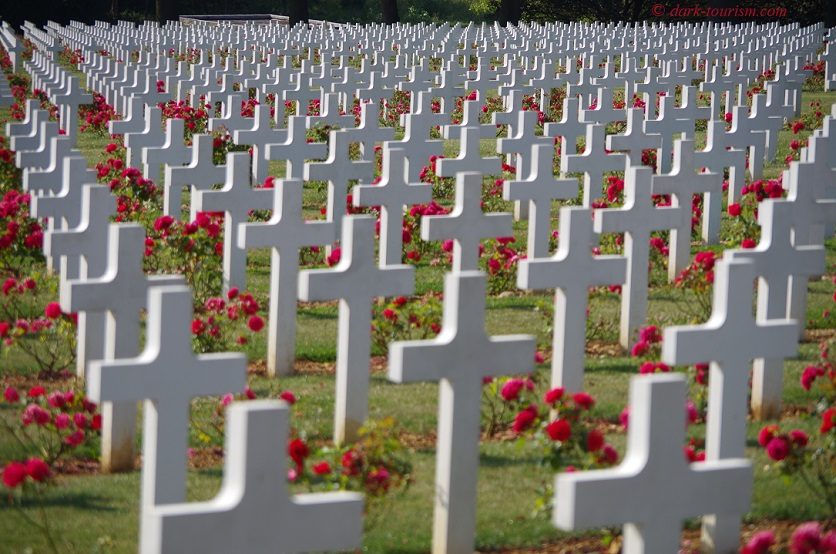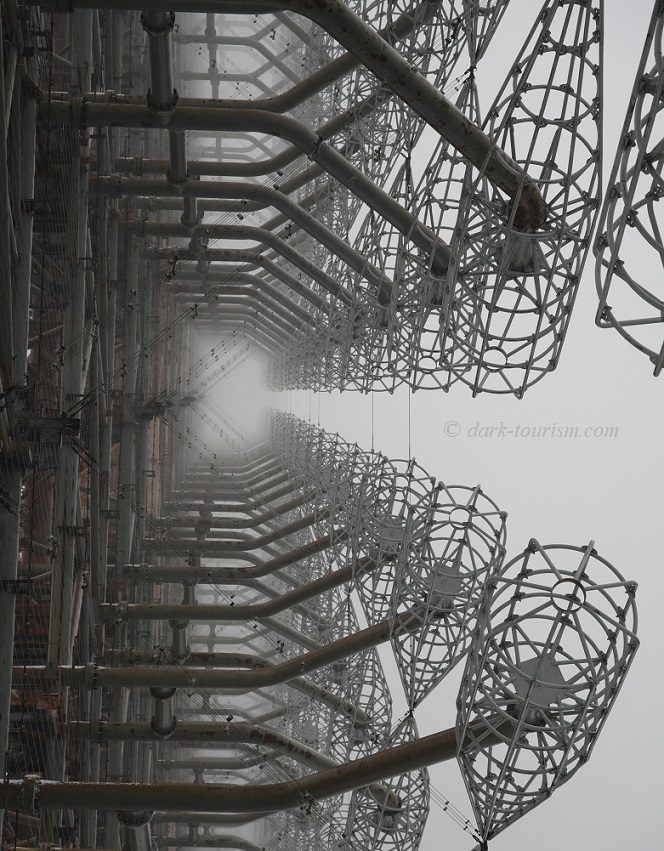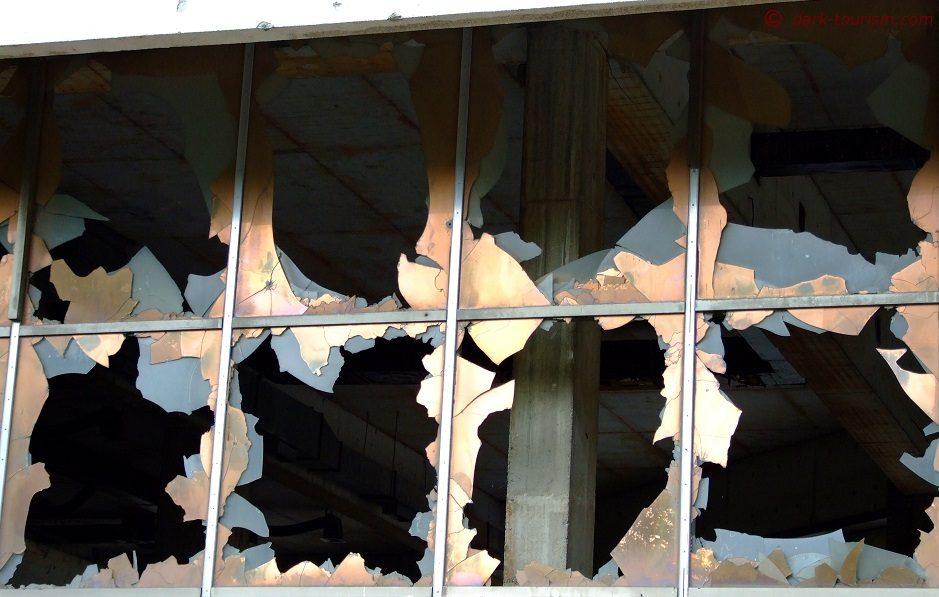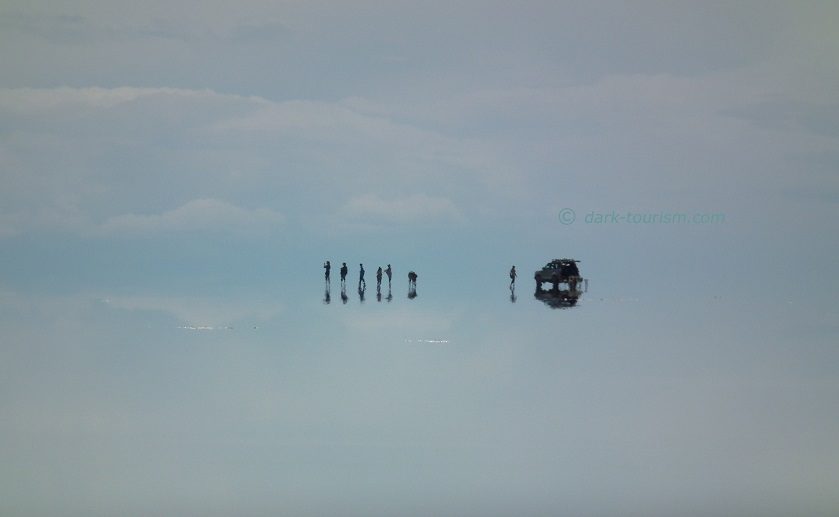|
Favourite photos, Verdun, op
Hello Subscribers! There has been no new blog post all week. For one thing that’s because I had to make some urgent changes to our travel plans for Namibia, to enable us to get a PCR test for the flight home at a time that will make it still valid when we get back to Vienna, which basically meant being in Windhoek for the last two days of the trip (there are no test centres out in the “bush”). So some accommodation had to be rearranged. The test is already booked. The other reason I didn’t write a new post was that I was desperately trying to get the last remaining chapters finished for Verdun on my main website. This is now done. Big sigh of relief! It was an interesting and educational ride, though, I have to admit. When I visited those sites I hadn’t really done sufficiently deep research about them, hoping they’d all be self-explanatory. But that was not at all always the case. The last three chapters I’ve just uploaded is quite a trio of contrasts, from the Mémorial de Verdun, which I regard as the very best of all the WW1 museums I’ve visited, to the utterly awful, cheesy and superficial “citadelle souterraine”, and finally the enchanted and atmospheric ruins of Camp Marguerre in a secluded location deep in the forest. For the lead photo above, however, I’ve picked one of my favourite photos from Verdun, which I had taken at the large war cemetery outside the grand ossuary of Douaumont, the central and largest memorial in the region. I deliberately put the focus point not on the foreground but on the background, so that the crosses in the front rows are blurred and the viewer’s gaze is dragged into that sea of crosses that almost becomes a uniform mass in the back where you can no longer separate individual crosses. You can see that as symbolic of the senseless mass slaughter that was the Battle of Verdun (known in German as “die Hölle von Verdun”). There were up to a million casualties, many badly disfigured for life, and 300,000 lost their lives altogether. And all that was achieved was restoring the status quo as it was before the battle. The same happened in the Somme and on the Ypres Salient. But enough of this depressing topic. And I’m glad I won’t have to return to it in the foreseeable future as I’ve got it basically all covered now (well, not every single memorial or war cemetery, of course, there are simply too many of those, but what I regard as the most significant and representative sites.)
A few more people have responded to my call to action regarding their favourite photos on the DT Blog over the first year of its existence, as first announced in this anniversary post and again in last Sunday’s newsletter. And so we now have a winner: “Duga in the mist” in Chernobyl. In second place came the photo of a war ruin’s “artfully shattered glass in Mostar” from 2009, and in third place came “like a mirage in thin air” a super-zoom shot taken on the Salar de Uyuni, the world’s largest salt pan, in Bolivia. So I give you all three of these photos, in that order, once again:
|



